Size: large
Type: image
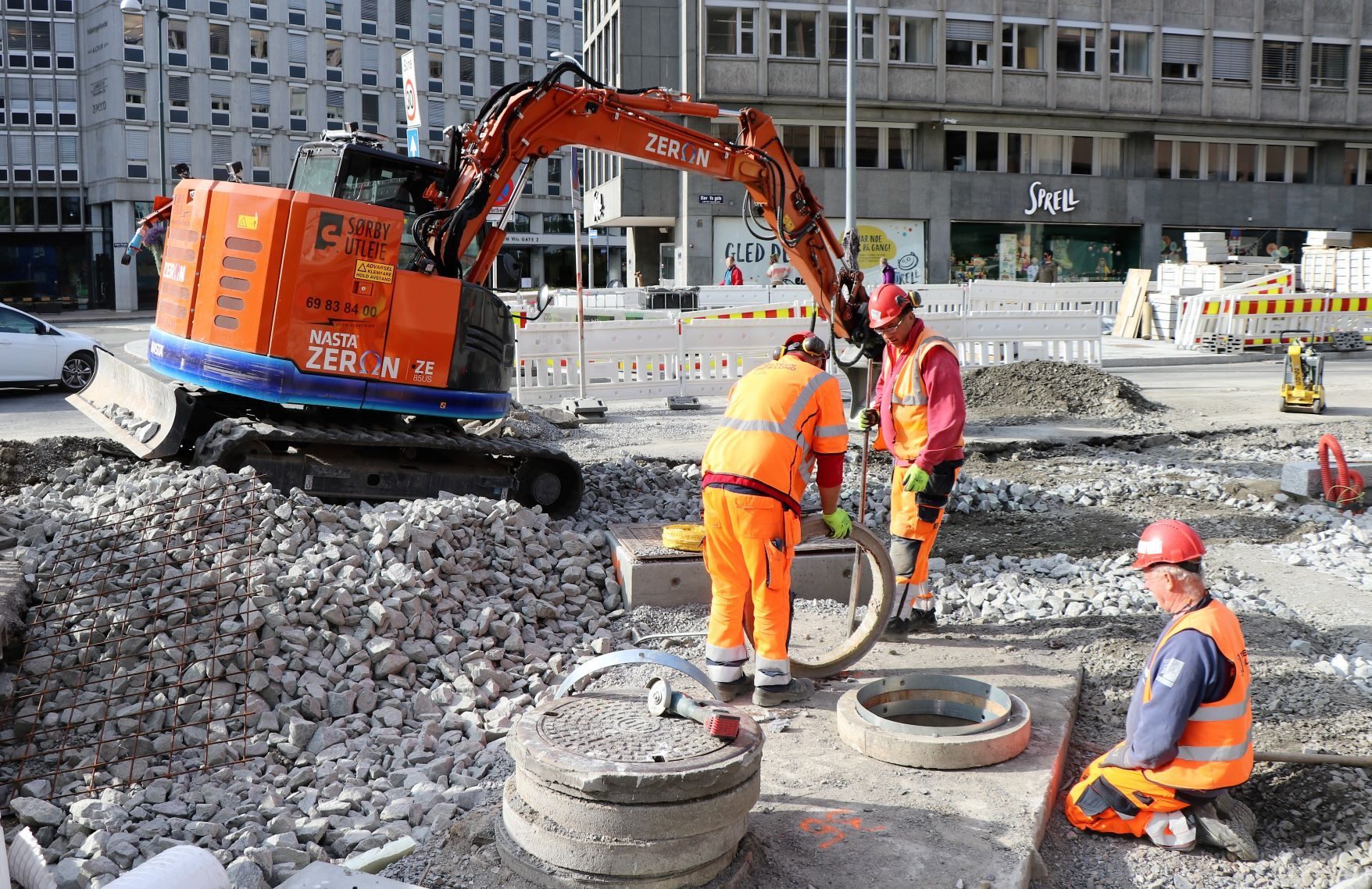
The climate budget for 2021 is the fifth of its kind to be prepared by Oslo City Government. The City Council aims to reduce greenhouse gas emissions by 95% by 2030, compared to levels in 2009. This year’s climate budget comprises several initiatives to help reach this goal and, at the same time, make Oslo a better place to live.
“Road traffic, the construction and building industry and waste incineration represent 90% of greenhouse gas emissions in Oslo. This makes it important to introduce measures that will result in a reduction in emissions from these sectors,” says Heidi Sørensen, Director of the City of Oslo’s Climate Agency.
“The climate budget for 2021 contains even more intensive instruments. The most important initiative this year is the introduction of requirements on the construction industry for fossil free or zero emissions construction sites. This will reduce emissions and improve the workplace for construction workers,” says Heidi Sørensen.
Other important initiatives covered by the budget relate to road traffic, with higher investments in more and improved charging infrastructure, and more climate-friendly transport of bulk materials.
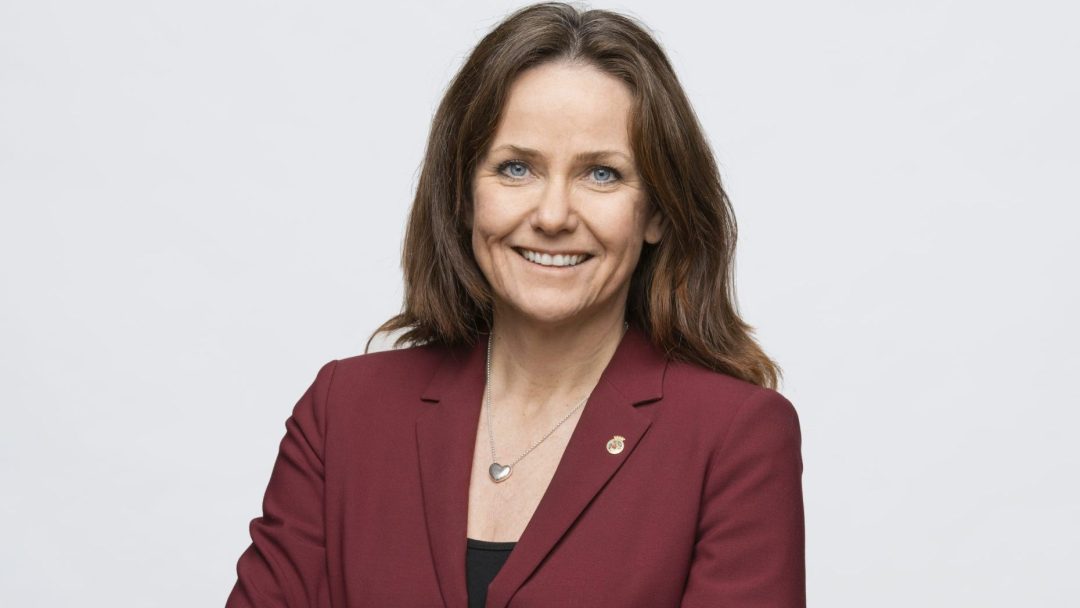
Heidi Sørensen
New requirements on the construction industry
The City Council plans to include requirements in new zoning plans for fossil free and, with time, zero emissions for construction and building operations. Previously, the City of Oslo has specified a requirement for fossil-free construction sites in their own tendering procedures. These are construction sites where electricity, biofuels and other sources of renewable energy are used to replace diesel. With the proposal, the Agency for Planning and Building Services will require all new development plans in Oslo to be implemented with zero fossil fuels. As technology evolves and access to machinery increases, more stringent requirements will be introduced for use of zero emissions technology only. With time, this will result in construction sites in Oslo with zero greenhouse gas emissions.
Fast charging stations for heavy vehicles and coaches
Lorries and buses driving through or in Oslo produce significant greenhouse gas emissions. In the climate budget for 2021, the City Council proposes the establishment of fast charging stations for heavy vehicles and buses that are not local buses, such as coaches, airport buses and express buses. This will contribute to a more rapid transition to electric heavy vehicles, and this is part of Oslo’s strategy to become a pilot city for zero emissions heavy transport.
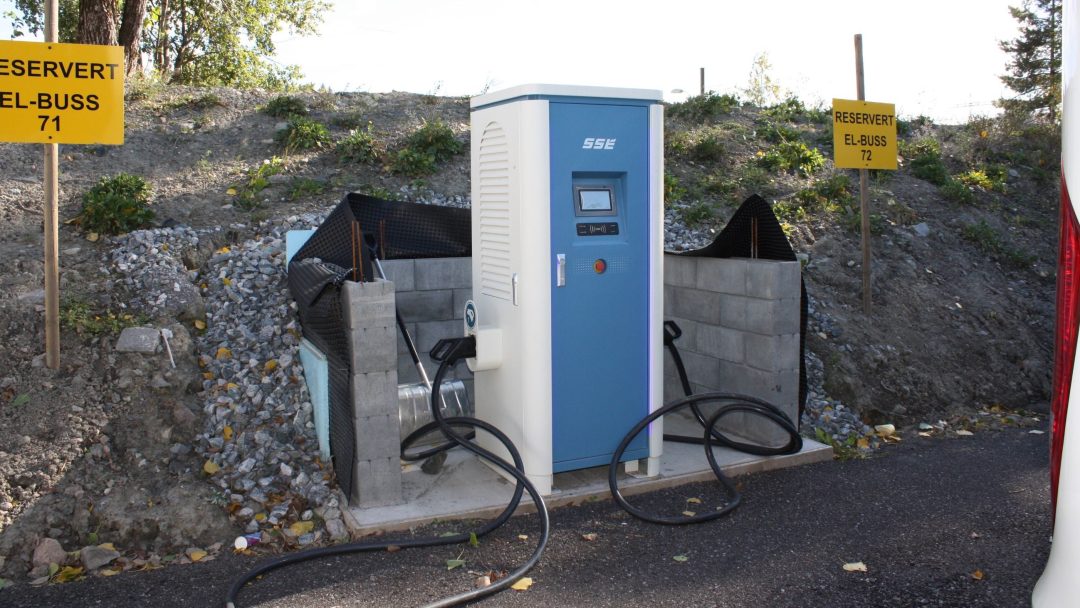
The charging station for Oslobuss’ electric coaches is similar to those for electric cars.
Carbon capture from waste
Carbon capture and storage (CCS) from the waste incineration plant at Klemetsrud is an important initiative for achieving the climate targets, both in Oslo and nationwide. The Norwegian government published its resolution relating to investment in CCS on 21 September. In this resolution, the Government proposes initially realising CO2 capture and storage at Norcem’s cement factory in Brevik. The Government is planning to support CO2 capture at Fortum Oslo Varme’s waste management plant in Oslo, but this requires a project with sufficient self-financing or support from the EU or other sources.
If CO2 capture is introduced at Klemetsrud, Oslo’s greenhouse gas emissions can be reduced by close to 200,000 tonnes of CO2 equivalents by 2024. Moreover, the plant will be able to capture a corresponding amount of CO2 from the incineration of biological material. As such, waste incineration in Oslo will help provide negative emissions. In other words, CO2 will be removed from the cycle and stored under the seabed.
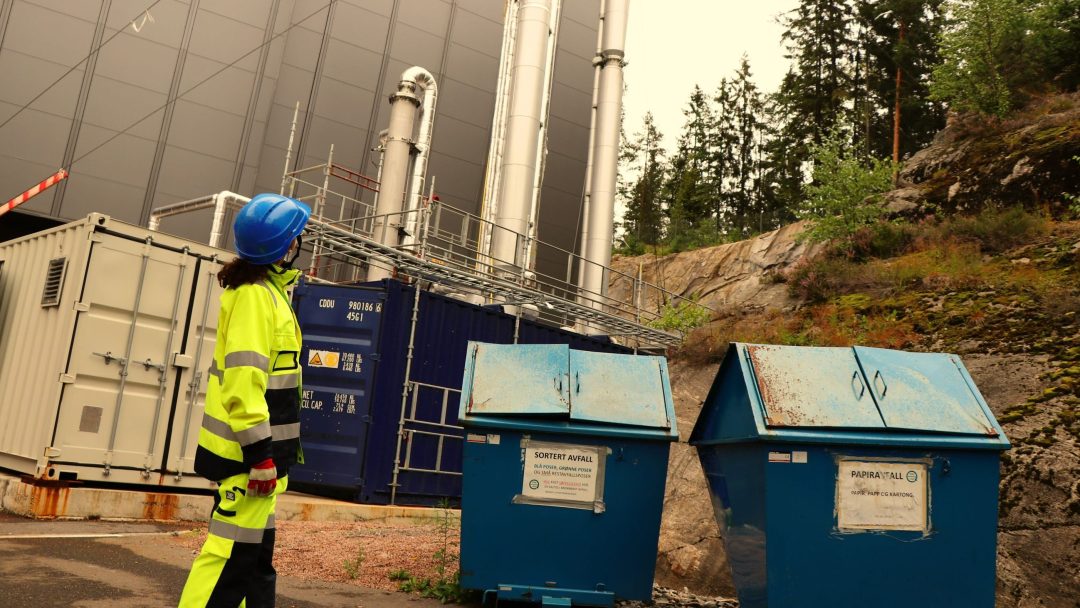
This pilot facility has captured up to 99% of the CO2 in the effluent gas from waste incineration at Klemetsrud.
This is not a concrete initiative in this year’s budget, but is important in the efforts towards reaching the target of a 95% reduction in greenhouse gas emissions by 2030.
The City of Oslo is also carrying out assessments to determine how the city can achieve zero emissions and resource-efficient waste management. These assessments include whether it is possible to increase the level of material recycling to 65%. At the same time, we aim to eliminate direct greenhouse gas emissions from our waste management methods by 2030.
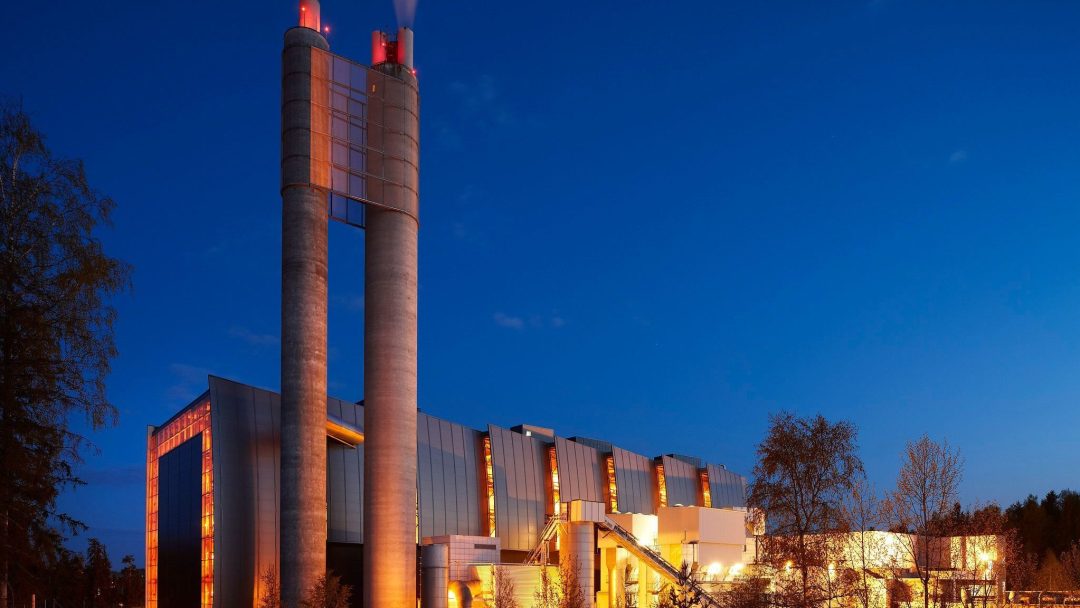
The incineration plant at Klemetsrud is Norway’s largest energy recycling facility. CO2 capture at Klemetsrud can produce negative emissions of greenhouse gases. Photo: Morten Brakestad / Fortum
Parking restrictions and zero emissions zones
Oslo is working on the establishment of zero emissions zones in the city. These are areas of Oslo where only vehicles without greenhouse gas emissions will be allowed entry. The Department of Urban Environment, in collaboration with the Climate Agency, will submit a concept study for the zero emissions zone in Oslo city centre in October. This may help promote a further increase in the number of electric vehicles in the transport sector.
Transport and management of bulk materials
From 2020, Oslo will introduce a requirement for fossil-free transport of bulk materials to and from the City’s own construction sites. Lorries carrying sand, aggregate, building remains and similar will not be able to use normal duty-free diesel. Over the space of the coming years, we therefore expect to see fossil-free transport of bulk materials on all projects contracted by the City of Oslo.
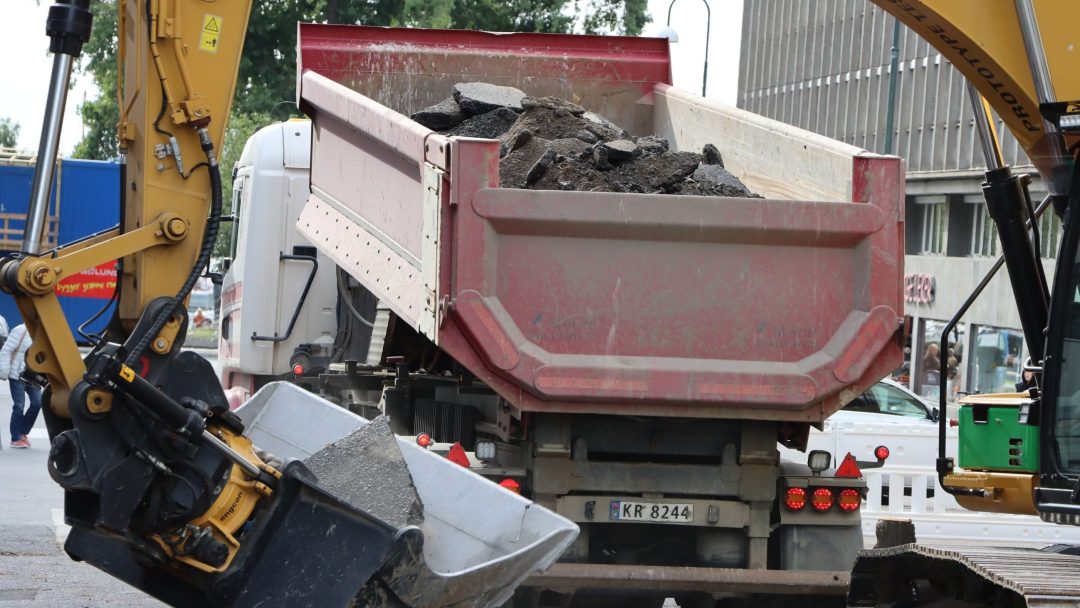
Eliminating the sources of greenhouse gas emissions
The climate budget is a tool for planning and executing measures that give reductions in emissions. Every year, the Norwegian Environment Agency publishes a GHG-inventory showing the actual greenhouse gas emissions for each municipality in Norway. These figures are published around two years after the emissions take place. The most up-to-date inventory is therefore from 2018. In Oslo, greenhouse gas emissions have been reduced by 12% from 2009 to 2018. This comprises an increase in emissions of 3% from 2017 to 2018.
“Over the next 10 years, Oslo shall achieve zero emissions. Developments up to 2018 have not been satisfactory. It is therefore important to introduce more initiatives so that we can achieve our target by 2030. The climate budget for 2021 introduces several major and important initiatives that will ensure that emissions move in the right direction,” confirms Heidi Sørensen.
- Also read: The Climate Budget – explained
Will Oslo achieve its 2020-target?
The GHG-inventory published by the Norwegian Environment Agency in the spring of 2020 show that Oslo will not be able to achieve its target of a 41% reduction in greenhouse gas emissions in 2020, compared with levels in 2009. The Climate Agency’s estimates show that the greenhouse gas emissions will be reduced by 25% in 2020.
Part of the reason why the analysis show that the target cannot be achieved is the introduction of initiatives where it has been difficult to forecast and quantify the effects – in other words, estimating how much greenhouse gas emission reductions can be achieved with the initiative. We will have the answers to these questions when the Norwegian Environment Agency publishes Oslo’s 2020 GHG-inventory in 2022.
It may also be challenging to achieve the target of a 52% cut in greenhouse gas emissions by 2023. The initiatives presented in the climate budget for 2021 show that the gap to be covered in order to achieve the target for 2023 is 22 percentage points. It is difficult, however, to accurately quantify the emissions reduction potential produced by all the initiatives, and it is assumed that the reduction in greenhouse gas emissions in 2023 will be higher than presented in the climate budget.
The climate budget is part of the ordinary municipal budget, which is scheduled to be processed by the City Council on 9 December.
- Also read: Oslo’s new Climate Strategy
